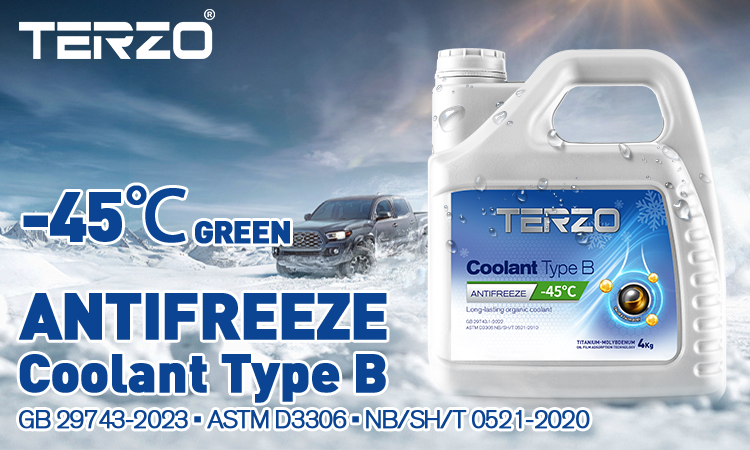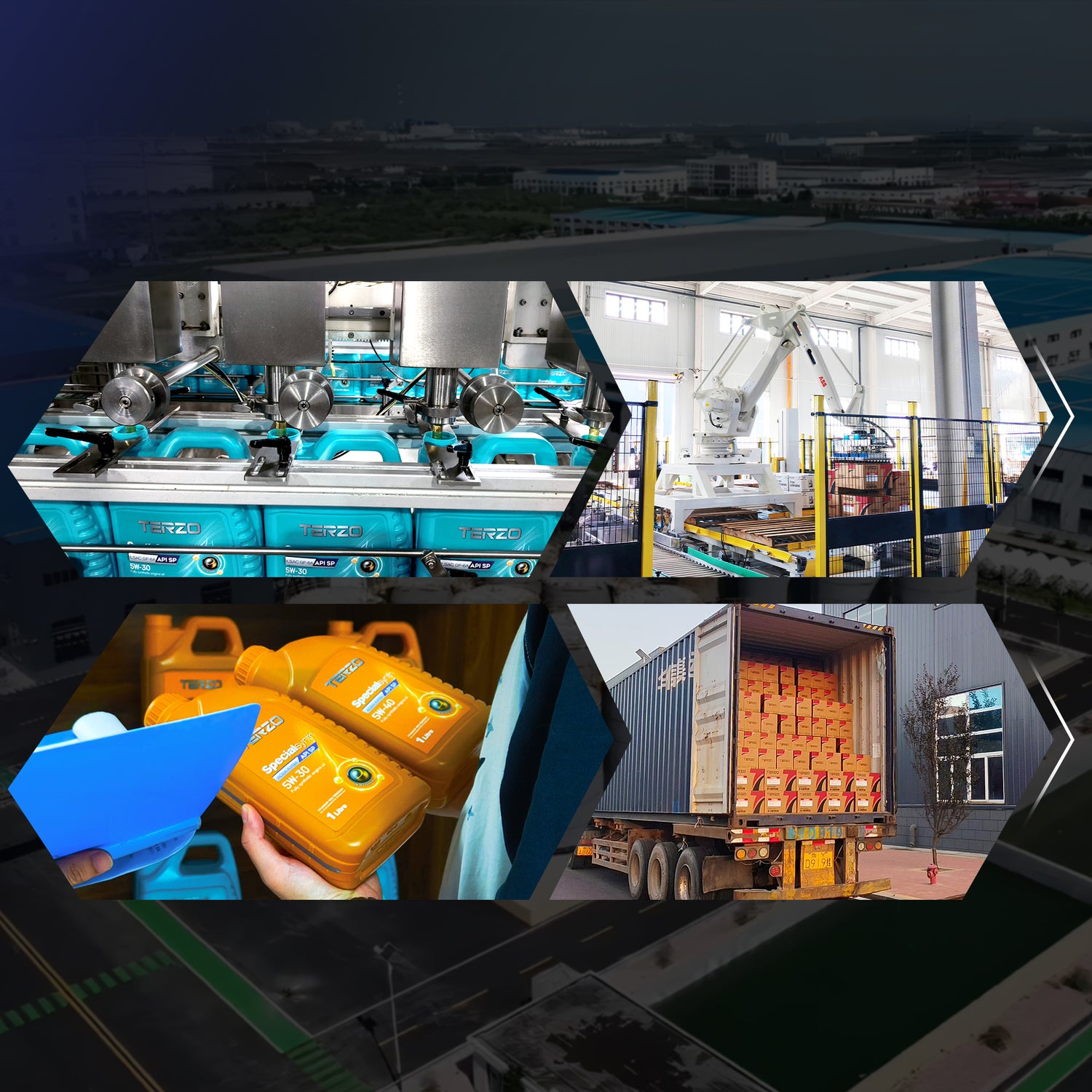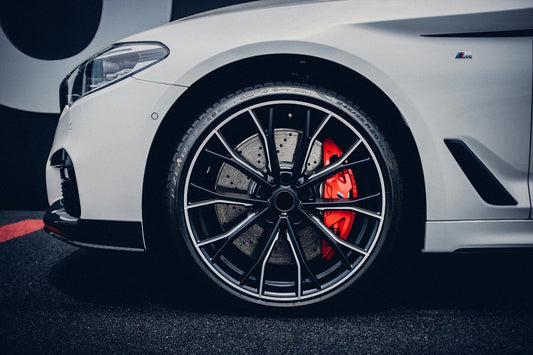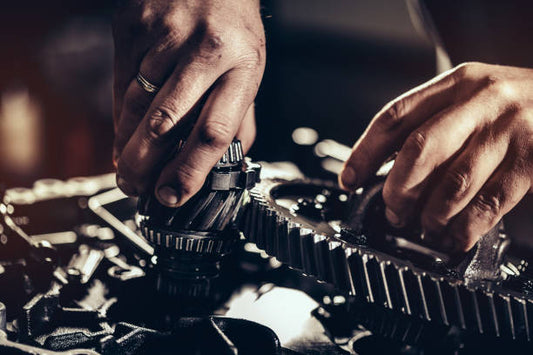
Desert Driving in Extreme Heat: How High-Boiling Coolant Prevents Engine Overheating
#4 cycle engine oil #High-boiling coolant #Desert climate #TERZO Labs
Pain Points: Engine "Boil-Over" Crisis in Desert Heat
In desert climates with ambient temperatures exceeding 50°C, conventional coolants (boiling point 100-110°C) fail under heavy loads, causing coolant vaporization, cavitation, and pump airlock, triggering low engine oil pressure alerts. Heavy-duty trucks face 40%+ higher annual repair costs. For example, Saudi logistics fleets reported 25% monthly engine overheating failures due to coolant breakdown, costing over $500k in losses.


Solution: Triple Defense Against Desert Heat
High-boiling coolant combats extreme heat with:
1️⃣ Ethylene glycol optimization: Boiling point elevated to 130°C+ (vs. 108°C standard), reducing boil-over risk by 90%.
2️⃣ Pressure cap upgrade: 1.2bar-rated caps add 5°C boiling margin for sustained heavy loads.
3️⃣ Silicate-organic hybrid formula: Inhibits aluminum radiator corrosion, tripling water pump lifespan (100,000km field-tested).
Technical Specs: Desert-Proof Performance
| Parameter | Standard | Desert Value |
|---|---|---|
| Boiling Point | ≥130°C (ASTM D1120) | Prevents turbocharger damage |
| Oxidation Stability | RBOT test >300 mins | Extends service interval to 5 years |
| Cavitation Protection | Metal loss <0.1mg/cm² | Guards cylinder liners & pump impellers |
| TERZO DesertMax Series is engineered for Middle Eastern markets. Explore Middle East coolant recommendations. |

Case Studies: Desert Survival Verified
🇸🇦 Jeddah Logistics Fleet, Saudi Arabia (Volvo FH16 trucks):
✅ Zero boil-over incidents monthly after switching to high-boiling coolant, saving $1.2M/year (2024 report).
🇦🇪 UAE Oilfield Fleet:
✅ Silicate-based coolant extended water pump replacement cycles from 2 to 6 years, cutting corrosion by 85%.
FAQ: Critical Desert Maintenance Insights
❓Q1: Red vs. green coolant – which suits deserts?
✅ Red (organic acid tech): 30% better oxidation resistance for extreme heat. Green (silicate) forms faster protective films but degrades quicker.
❓Q2: How often to replace coolant in deserts?
✅ 1 year/50,000km for heavy-duty trucks – monitor pH monthly (replace if <7.5).
❓Q3: Can coolants be mixed?
✅ Never! Silicate & organic acids react to form sludge. Download Truck Cooling System Maintenance Guide.




